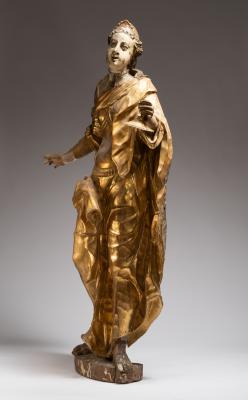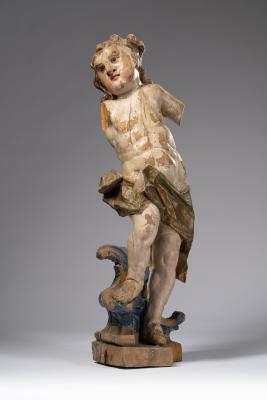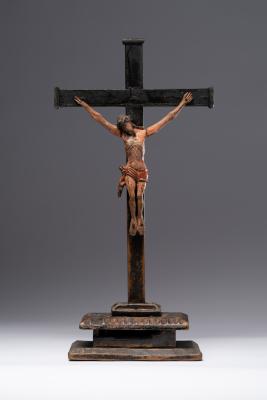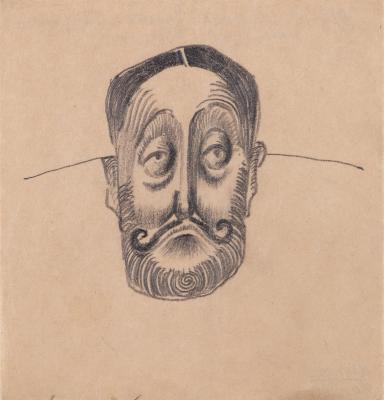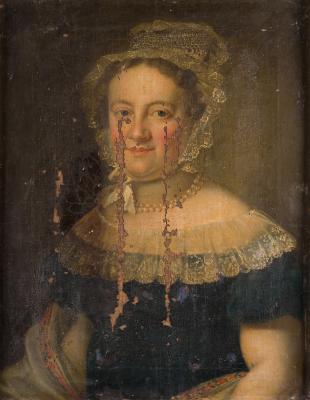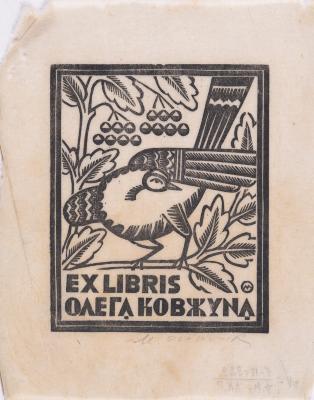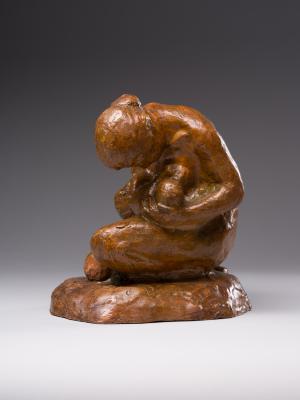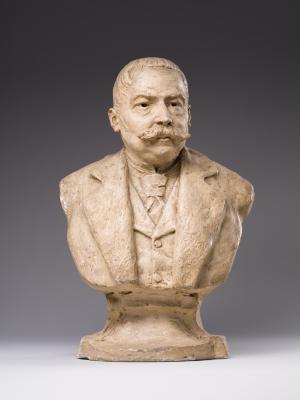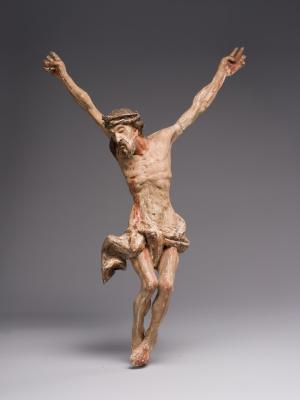The Tale of Genji. Chapter 17
Utagawa Kunisada
- ID
- Г-IV-1130
- Author
- Utagawa Kunisada
- Name
- The Tale of Genji. Chapter 17
- Date of creation
- 1841–1844
- Country
- Japan
- Technique
- colour woodcut embossing
- Material
- paper Indian ink
- Dimensions (height x width, cm)
- 23 x 34
- Type
- printmaking
- Provenance
- Unknown origin
- Exposition
- Zolochiv Castle (Chinese Palace)






